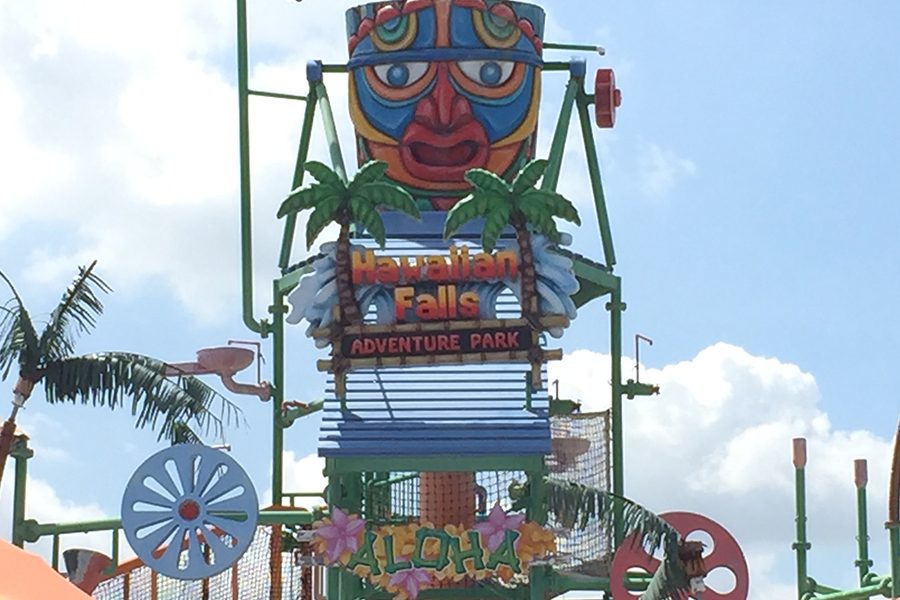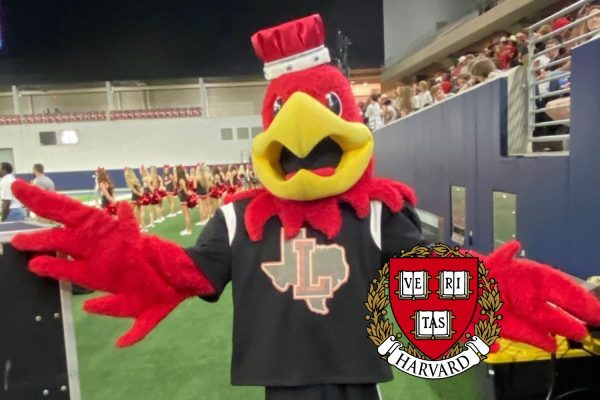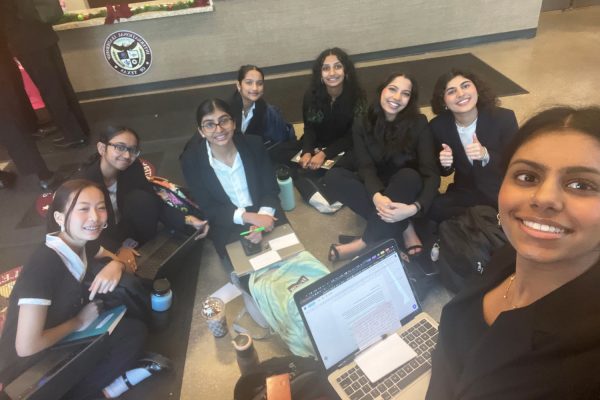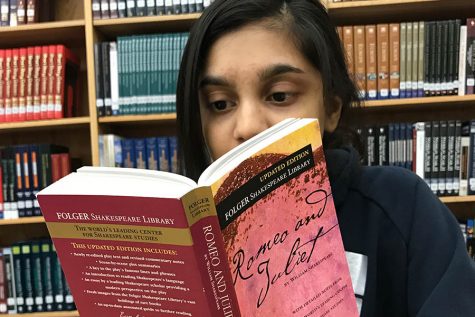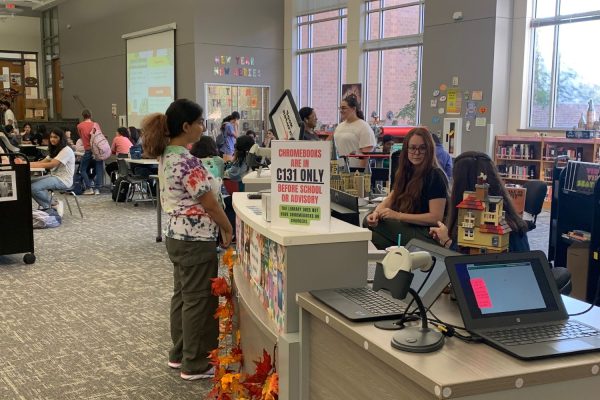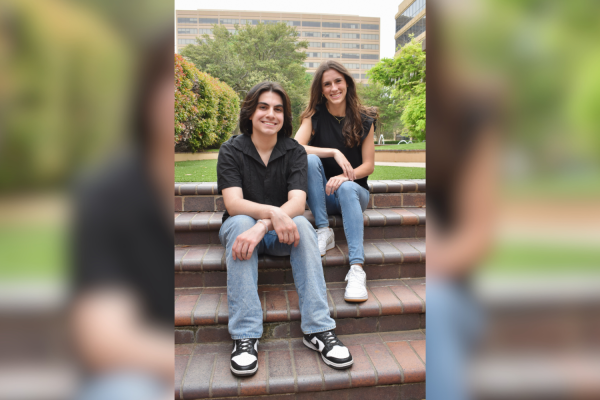Gravity reigns as physics students take on Hawaiian Falls
Using waterslides as a learning tool, physics students are spending the day at Hawaiian Falls in The Colony.
Most AP Physics students will spend Wednesday at Hawaiian Falls, riding slides and collecting data for one of their end of year projects.
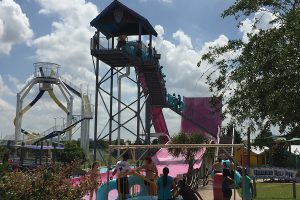
Physics students took a day trip to Hawaiian Falls as a way to practice the concepts they learned throughout the year.
“Physics 2 students are doing the cardboard boat regatta, so they’ve had about a total of two weeks to build a boat,” AP Physics 2 teacher Holley Mosley said. “They design it, and do a test of a scale model, and submit blueprints, and they actually build a full-size boat out of cardboard and tape. Two people have to get in the boat and paddle it from about halfway down the wave pool to the end, and turn around and come back.”
AP Physics 2 students will also apply their knowledge of fluid dynamics, a large component of the course.
“They’ll talk about some projectile motion and the fluid flow rates in some of the fountains and the fluid flow rates in the lazy river and will also do some work with buoyant force,” Mosley said. “They will pop a ping pong ball from the bottom of the pool and see how high it measures up and they’ll use the work theorem to figure out how much work the buoyant force did on that ping pong ball. And then we’ll also do some stuff with refraction of light and how the light refracts when it bends into the water.”
Calculations from Hawaiian Falls are one of the choices AP Physics 1 and C students could select for their two end of year projects.
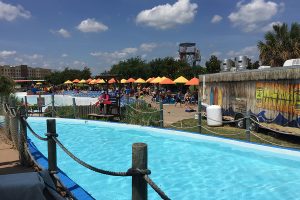
Whether it’s the lazy river at Hawaiian Falls or one of the many water slides, physics students are spending the day taking measurements and collecting data for various projects.
“We always give them a choice between about nine different things like, physics photobook, or doing something for Family Science Night, or pretty much anything that can illustrate their learning over the entire year,” AP Physics 1 and C teacher Kenric Davies said. “One of them this year is developing lab equipment that would help with a Physics 1 lab for next year.”
AP Physics 1 and C students will submit a lab practical of their calculations for a major grade.
“We’ll be calculating the average force experienced by a person, the maximum force experienced by a person, the acceleration of a person, how many g’s they feel, and the amount of friction between the rider and the water,” AP Physics 1 and C teacher Christine Rittenhouse said. “In Physics C, we do pretty much the same things we do in 1, just some slightly higher level calculations. Aside from that it’s a great quick, easy end of year project that ties everything together.”
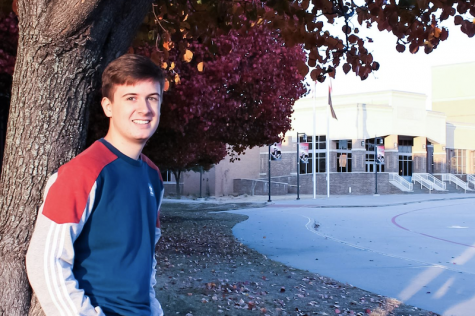
Lucas is a senior in his fourth year of Wingspan. As vice-president of Youth and Government on campus and at the Plano YMCA, he helps teach members bill-writing...
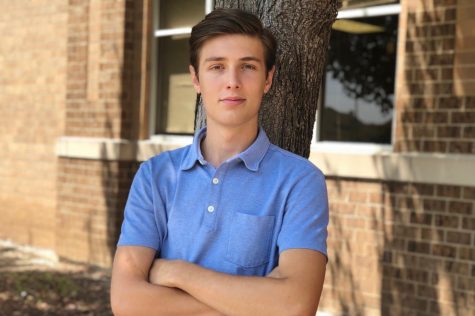
Wade Glover is a senior. He is serving as the Executive Producer for Wingspan TV in his fourth year of the Wingspan program. Wade is also the Student Body...



